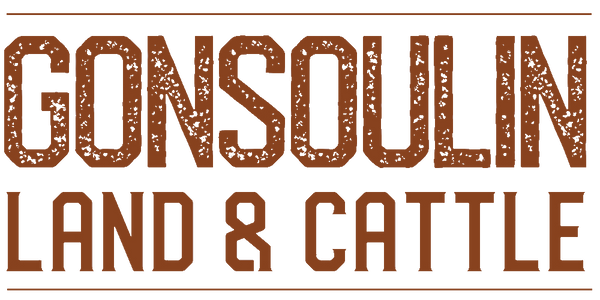Grassfed Cooking Techniques
When I speak of low and slow cooking, what I am trying to do is warm up the inside of a steak or roast without overcooking the outside. This can only be done with low heat and a longer cooking period. Grass-fed meats are best when raw (steak tartar from a washed steak or boneless roast), rare, or medium rare. Many people have the idea that meat must be cooked until it is brown on the inside, which is absolute nonsense. Please do not approach grass-fed meats that way.
Also, if the meat is still juicy after you have cooked it, you have cooked it correctly. Cooking meat until “no blood runs” is another way to ruin your grass fed meal. Meat is 70% water and yes, the water will have some blood cells in it, but it is not anything like blood from a major vein. So don’t get the willies when the juice is a little red. When the water is gone (no juice), you have jerky.
As I said, all meats are 70% water. When steaks and boneless roasts are cooked beyond medium rare they are being dried out excessively. Once again, this is how you make jerky. Jerky is merely dehydrated meat. Jerky is tough and, without spices, not very palatable. So we HIGHLY recommend against overcooking grass-fed meats.
Rare or medium rare cannot be determined by the “redness” of the meat. Rare and Medium Rare are internal temperatures of the meat. A Medium Rare steak is cooked to an internal temperature of 150 degrees and is limber when removed from the grill. Rare is 140 degrees and quite limber. Sometimes it takes us 25 minutes to warm a steak up to rare. This is low and slow cooking done at its best. Always keep in mind that grass-fed steaks can still be red inside when well done. A well done steak is dry and extremely tough. It makes good shoe leather.
When I fire up my gas grill I immediately set the knobs on their lowest settings. At the same time I put the steaks on the cold grill. I call that “cooking.” The grill warms up slowly, but “slowly” depends on the ambient temperature. My first turn may be in 7 minutes. The hot side of the steak will still look just like it did when I put it on the grill. My next turn may be in another 6 minutes. This time the steak looks like it is starting to cook. If the temperature inside my grill is pushing much above 200 degrees F, I shutdown the burners. I want a 200 degree grill, no more. Depending on various factors (*steak thickness, winter or summer grilling, the wind, fresh gas tank or nearly empty gas tank) it may take another 7-12 minutes or more to finish warming up the steaks. Do not use my timing methods unless you KNOW your grill is not very hot. Most grills will “toast” a steak in 15 minutes). After the second turn I turn the steaks more frequently for two reasons. First I do not want the side facing the fire to get too hot. Better yet, I turn the burner off directly below the meat. Secondly, by turning the steaks over I can check them for limberness. A limber steak is a tender palatable steak. A stiff steak has been “killed.”
